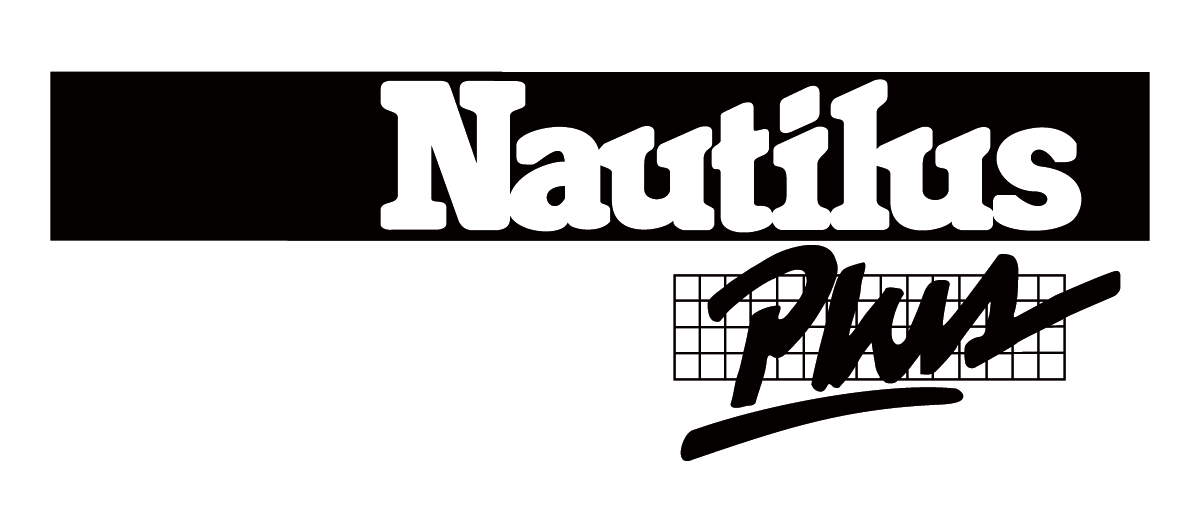
What is added sugar? It is sugar that is added during the transformation or preparation of food, for example some drinks, breakfast cereals, or yogurts. And what is non-added sugar? It is sugar that is naturally found in fruits, vegetables, and dairy and cereal products. According to the World Health Organization, no more than 10 % of our caloric intake should come from added sugar, which represents about 12 teaspoons a day for an adult[1]. Easy, you say? Be careful, because they are sometimes found where we do not expect them.
Coffee
Of course, coffee does not contain any calories… but the things we add to it do! Regarding sugar, the cumulative amount can be quite high at the end of the day. As an example, if you drink 4 coffees with 2 sugars each, you will have eaten 8 teaspoons of added sugar at the end of your day.
That’s not all! Some commercial coffees, such as flavoured coffee (lattes, vanilla or caramel cappuccinos), mochas, or hot chocolate, can contain up to 350 calories and over 7 teaspoons of added sugar! Instead, choose plain lattes or cappuccinos: these are prepared with a higher proportion of milk, which adds vitamins A and D, calcium, and proteins to your drink!
Sweet drinks
Sweets drinks include soft drinks, energy drinks, fruit punch, fruit cocktails, etc. These contain a lot of sugar, and have no nutritional value. For example, each can of soft drink contains between 8 and 9 teaspoons of added sugar! Instead, choose pure fruit juices that you can water down for a less concentrated taste.
Commercial smoothies
This year, the new fast-food trend seems to be fruit smoothies: after Tim Hortons, McDonald’s is launching its own range of smoothies. Warning! These drinks contain between 250 and 550 calories and 7 to 16 teaspoons of sugar depending on the size you order (small, medium, or large). When you feel like treating yourself, go for snack-size whenever possible. The serving size will be more reasonable, without giving you the impression of depriving yourself!
Canned fruit
Canned fruit with thick or extra thick syrup can contain up to 5 teaspoons of sugar per 125 ml. You should prefer fruits preserved in water, which contain only 2 teaspoons of naturally occurring sugar. Fresh and frozen fruits are also a good option to consider!
Breakfast cereals
Breakfast cereals with a lot of added sugar are often packaged with striking colors! Think of Lucky Charms, Froot Loops, Honeycomb, Corn Pops, etc. You should also try to choose breakfast cereals with 6 g of sugar or less per serving, except for those with 4 g of fiber or more. Kellogg’s Mini-Wheats, Fibre 1, Shredded Wheat, and Multi Grain Cheerios are all examples of breakfast cereals that meet these criterions… and are also delicious!
By Vanessa Martin
[1] Based on a 2 000 calories nutrition plan (10 % of 2000 is equivalent to 50 g, or 12 teaspoons (1 teaspoon = 4,2 g).
Added Sugar: Where Does It Hide? is a post from Nautilus Plus. The Nautilus Plus blog aims to help people in their journey to fitness through articles on training, nutrition, motivation, exercise and healthy recipes.
Copyright © Nautilus Plus 2012

A session with a nutritionist will help you on your way!

Let's establish your nutritional goals together and get some expert advice!
Discover our nutrition services
